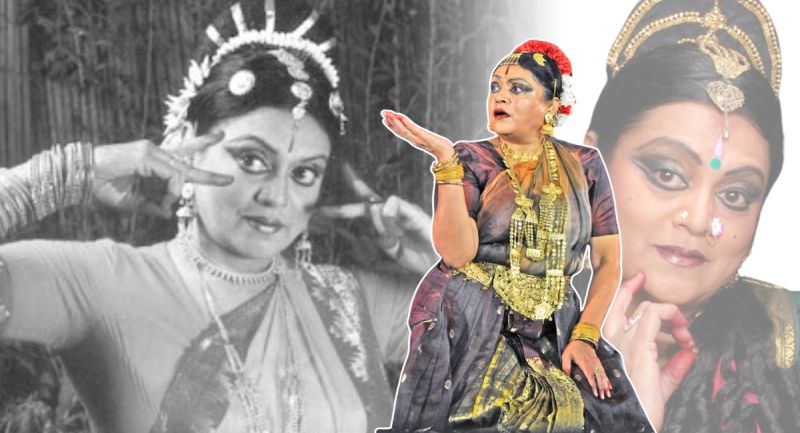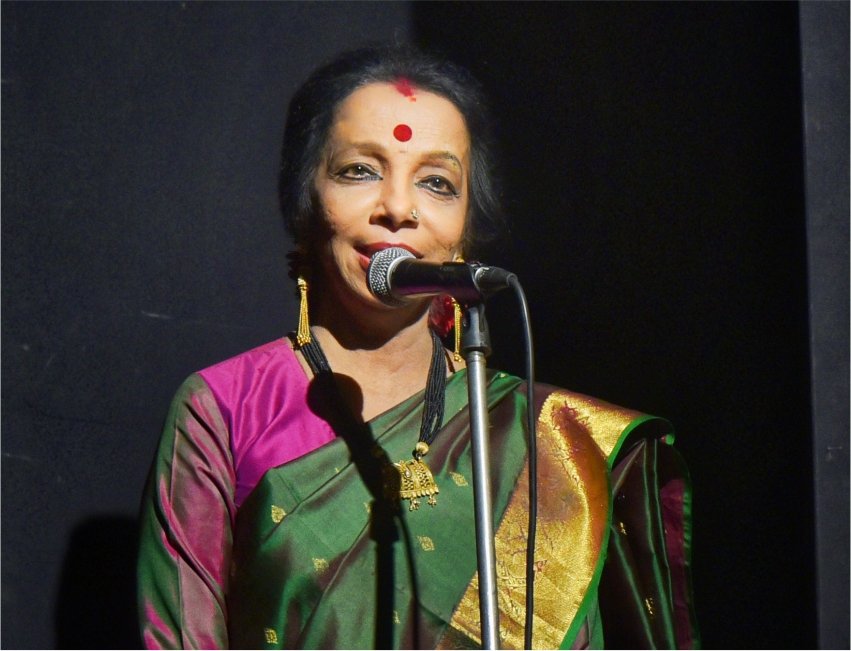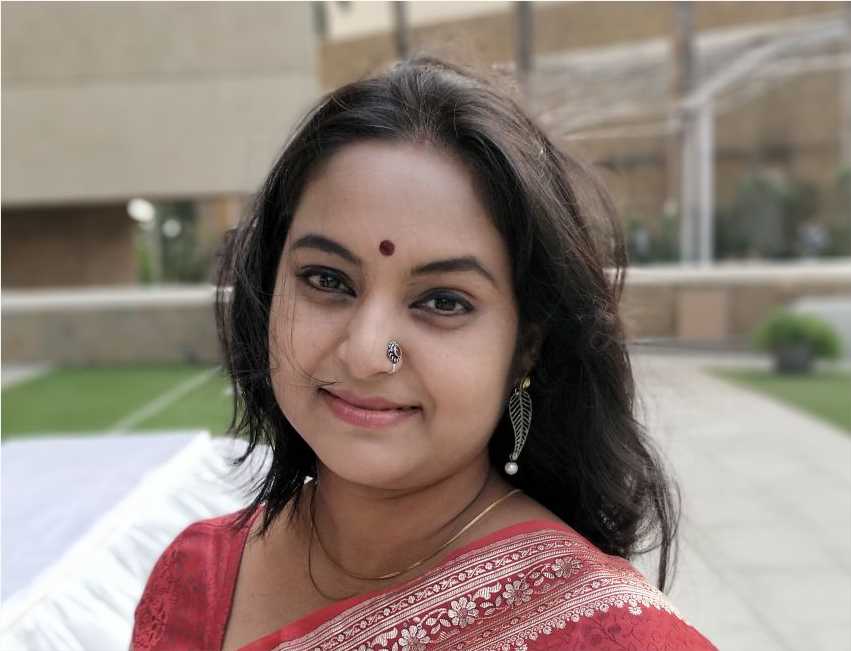Swapnasundari: A life in dance

- Sandip Soparrkar
- 05 Jun, 2025
Swapnasundari stands as a monumental figure in the realm of Indian classical dance, seamlessly blending the intricate rhythms of Kuchipudi and Bharatanatyam with profound scholarly insight. Her journey from a young enthusiast in Chennai to a globally acclaimed artist is a testament to her dedication, research, and passion for the arts. Excerpts of the interview with the danseuse.
Your journey into dance began at a tender age. Could you share the influences that shaped your early years?
I was born in Chennai into a family where music and arts were deeply revered. My grandmother, Sunder Amma, was a trained Carnatic singer, and my mother, Sarla Devi, was an artist herself. From the age of three, vocal music was a daily practice in our home, especially for women. By five, I began my dance training, and by nine, we moved to Vishakhapatnam, where I trained under Guru Pasumarthi Seetharamaiah. My first stage performance was at the age of 15, marking the beginning of my professional journey.
You are trained in Kuchipudi and Bharatanatyam. How did this dual focus influence your artistic expression?
I consider myself fortunate to have trained under stalwarts like Pasumarthi Seetharamaiah and Vempati Chinna Satyam for Kuchipudi, and KN Dakshinamurthy, Adyar K. Lakshmanan, and B. Kalyanasundaram for Bharatanatyam. This diverse training enriched my understanding of both dance forms, allowing me to appreciate their nuances and integrate elements from each into my performances. The emphasis on abhinaya (expressional dance) in both styles has been central to my artistic identity
Your scholarly work, particularly on Vilasini Natyam, has been groundbreaking. Can you elaborate on this endeavor?
Vilasini Natyam is an ancient dance form practiced by temple dancers in Andhra Pradesh. Through extensive research, I collaborated with Dr Arudra to reconstruct and document this nearly lost tradition. Our book, Vilasini Natyam: Bharatam of Telugu Temple and Court Dancers, delves into its origins, decline, and revival, featuring over 200 photographs. This work aims to preserve and promote this rich heritage for future generations.
How do international audiences perceive Indian classical dance?
International audiences are increasingly appreciative of the depth and beauty of Indian classical dance. While the nuances may differ, the universal language of expression and storytelling resonates with them.
Looking ahead, what are your aspirations in the realm of classical dance?
I am committed to furthering my research on traditional dance forms and exploring innovative ways to present them. Collaborations with younger artists and scholars are essential to keep the art form dynamic and relevant. Additionally, I aspire to continue performing, teaching, and writing, ensuring that the legacy of Indian classical dance endures and thrives.
Swapnasundari's journey is a harmonious blend of tradition, innovation, and dedication. Her contributions have not only enriched the world of Indian classical dance but have also paved the way for future generations to explore and appreciate its depths.




